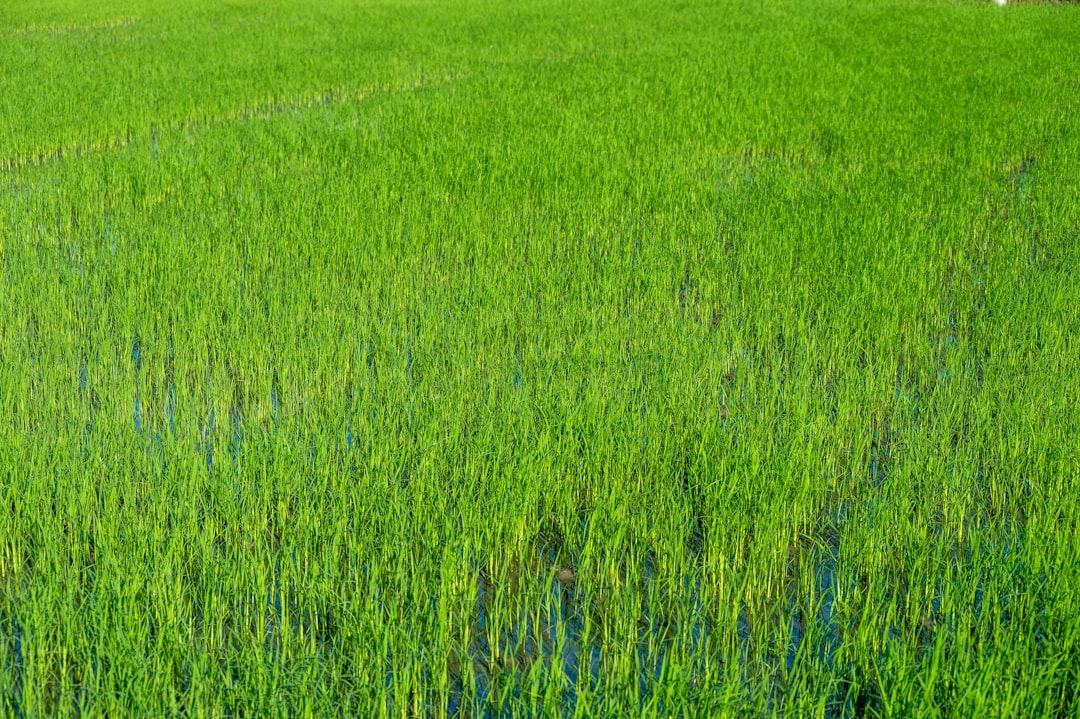What is Green Strategies in Real Estate Development?
Green strategies in real estate development refer to the implementation of sustainable practices and technologies with the aim of reducing the environmental impact and promoting long-term sustainability in the construction and operation of buildings and properties. It involves incorporating energy-efficient systems, utilizing renewable resources, reducing waste, and creating healthy and eco-friendly living and working spaces.
Real-World Problems Associated with Green Strategies in Real Estate Development
1. High Initial Costs
One of the major challenges of implementing green strategies in real estate development is the higher upfront costs compared to traditional approaches. Energy-efficient technologies, sustainable materials, and eco-friendly building practices often require additional investments, which can deter developers who prioritize immediate financial gains.
2. Limited Awareness and Knowledge
Another problem is the lack of awareness and knowledge about green strategies among stakeholders in the real estate industry. Many developers, investors, and even consumers may not fully understand the benefits and potential cost savings associated with sustainable building practices. This can lead to a reluctance to adopt green strategies or a preference for conventional methods.
3. Complexity in Implementing Regulations
The adoption of green strategies is further complicated by varying regulations and guidelines across different regions and jurisdictions. Developers may face challenges in navigating and complying with the ever-changing environmental standards, building codes, and certifications, making it difficult to ensure consistency and accountability in sustainable practices.
4. Lack of Integration and Collaboration
The successful implementation of green strategies in real estate development requires collaboration among various stakeholders, including architects, engineers, contractors, and government agencies. However, the lack of integration and coordination between these parties can hinder the effective execution of sustainable projects. Cooperation and communication between professionals from different disciplines are crucial to overcome these barriers.
5. Maintenance and Performance Monitoring
Ensuring the long-term effectiveness and efficiency of green strategies in real estate development pose ongoing challenges. Regular maintenance, performance monitoring, and energy audits are necessary to guarantee that sustainable features and systems continue to operate optimally. Without proper monitoring and maintenance, the potential benefits of green strategies may diminish over time.
Conclusion
Despite the real-world challenges, green strategies in real estate development offer immense potential to create more sustainable and resilient buildings and communities. Addressing the initial costs, increasing awareness and knowledge, streamlining regulations, fostering collaboration, and prioritizing ongoing maintenance are crucial steps to overcome these problems. By embracing green strategies, the real estate industry can play a significant role in building a more sustainable future.

Solutions for Green Strategies in Real Estate Development
1. Addressing High Initial Costs
Find innovative financing options, such as green loans or grants, that support sustainable building practices. Emphasize the long-term benefits and potential cost savings associated with energy-efficient technologies and sustainable materials.
2. Increasing Awareness and Knowledge
Educate stakeholders in the real estate industry about the advantages of green strategies through workshops, seminars, and online resources. Highlight case studies and success stories to demonstrate the positive outcomes of sustainable development.
3. Streamlining Regulations
Advocate for consistent and streamlined regulations and guidelines across regions. Work with government agencies and industry associations to ensure that environmental standards and building codes support sustainable practices and make compliance easier for developers.
4. Fostering Collaboration and Integration
Create collaborative platforms and networks where professionals from different disciplines can share knowledge and best practices. Encourage partnerships between architects, engineers, contractors, and government agencies to enhance coordination and ensure a holistic and integrated approach to sustainable development.
5. Prioritizing Ongoing Maintenance
Implement regular maintenance programs and performance monitoring systems to ensure the long-term effectiveness of green strategies. Conduct energy audits and provide resources for property owners and managers to maintain and optimize sustainable features and systems over time.
Conclusion
By addressing the challenges and implementing these solutions, the real estate industry can successfully embrace green strategies and contribute to a more sustainable future. Through financial incentives, education, streamlined regulations, collaboration, and ongoing maintenance, we can unlock the full potential of sustainable practices in real estate development.













